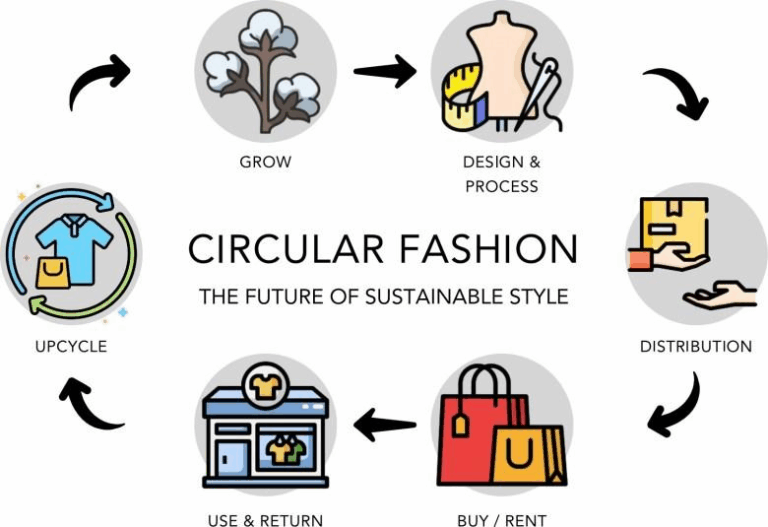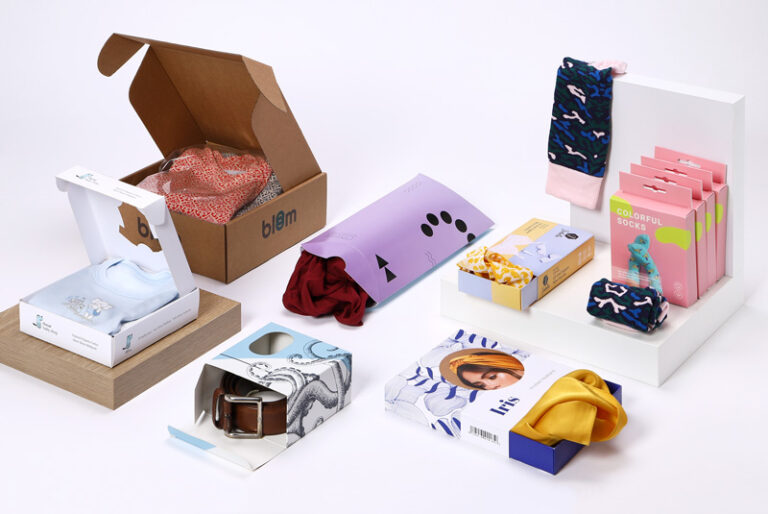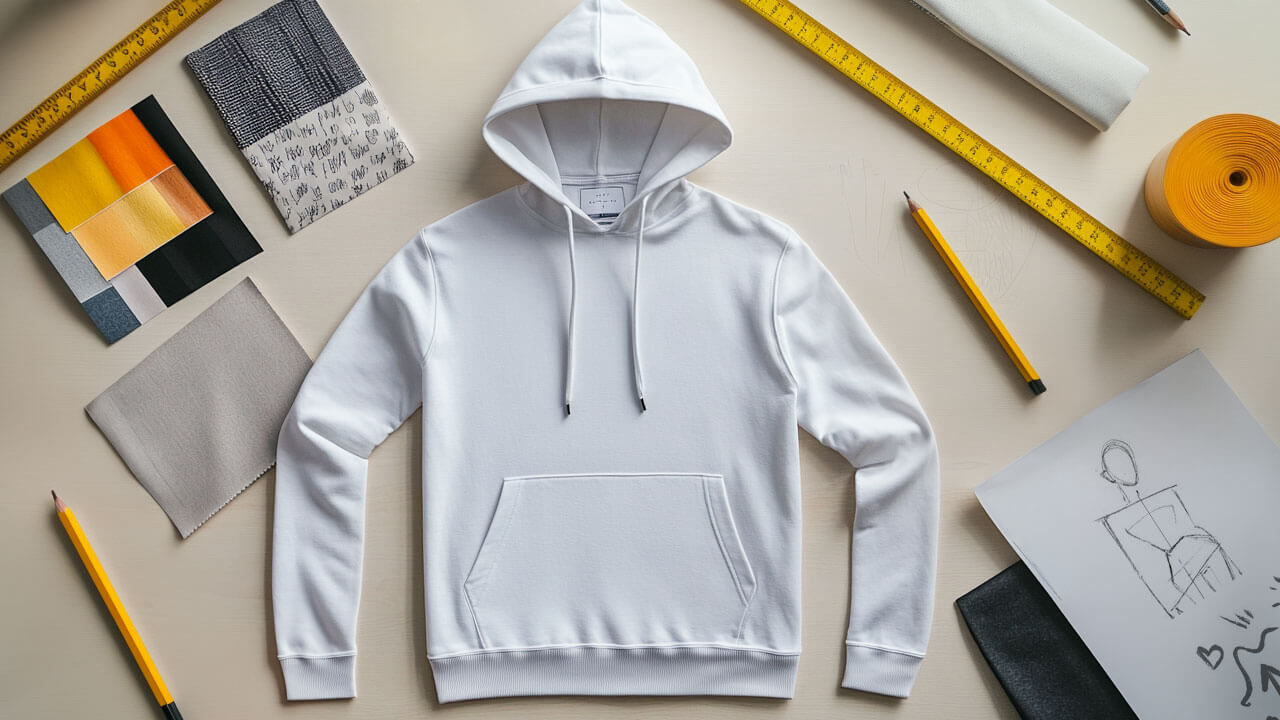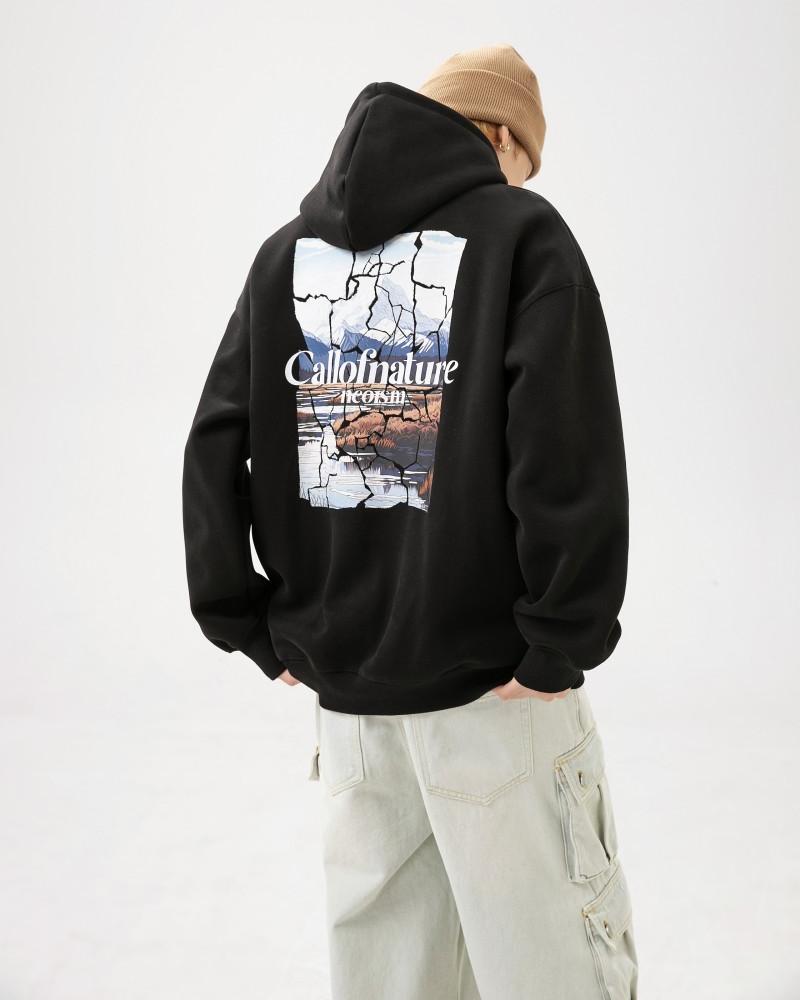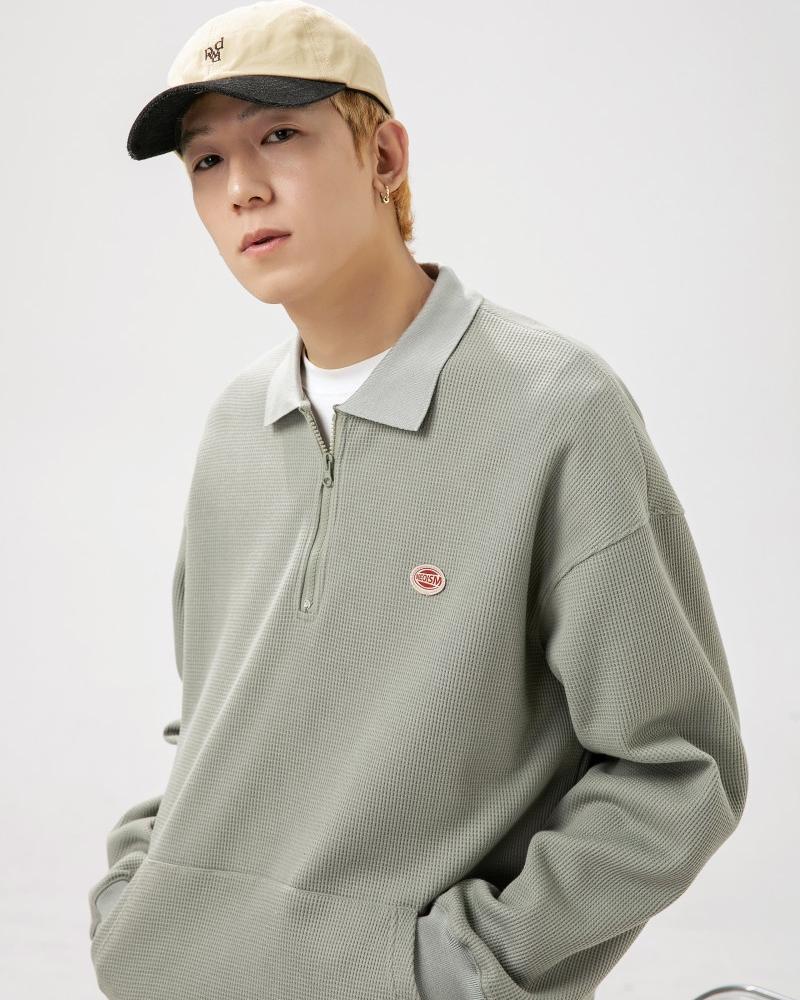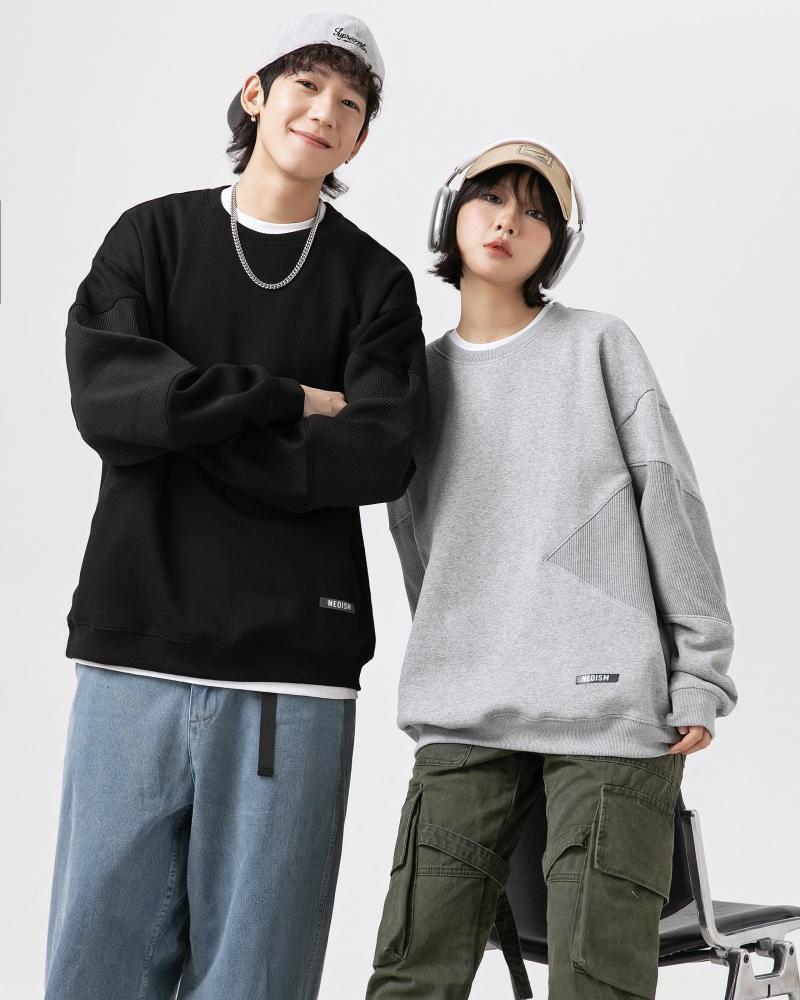-
No. 28, Zhanqian 1st Street, Liuhua Subdistrict, Yuexiu District, Guangzhou City
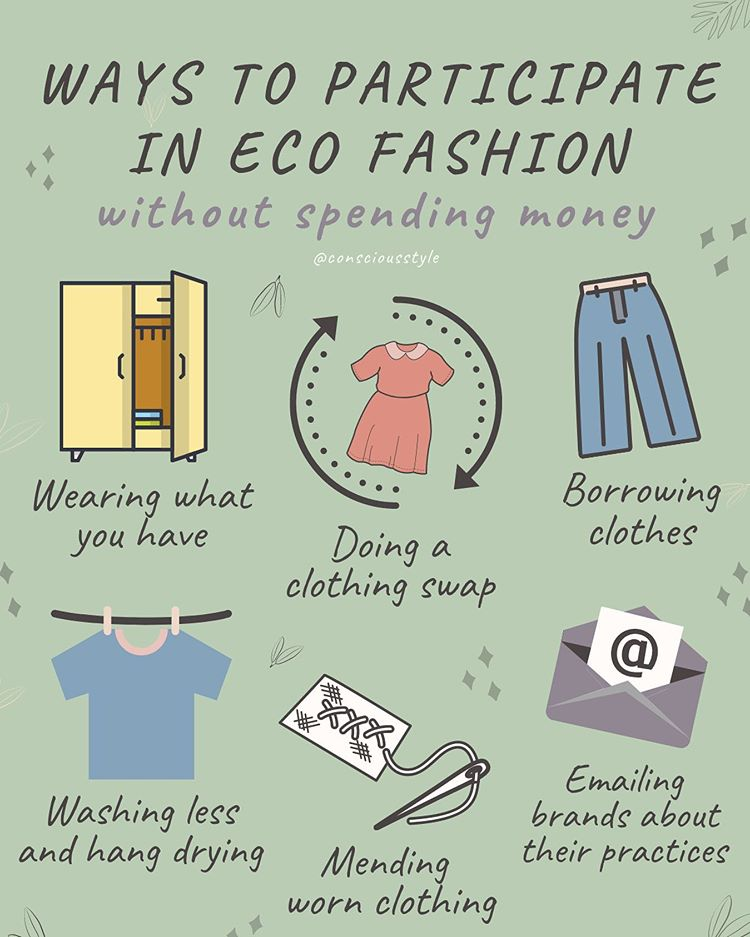
2025 Sportswear Revolution: How will technology and sustainability reshape the wardrobes of 1 billion people?
Table of Contents
Summary The sportswear industry is undergoing disruptive changes. By 2025, the global market size is expected to exceed US$500 billion (Statista data), and its core driving force has shifted from basic functions to technological empowerment, environmental responsibility and social inclusion. Based on the latest industry reports and brand cases, this article extracts the 10 key trends that define the future market, covering innovative breakthroughs from self-repairing fabrics to AI personalized design. Whether you are a manufacturer, retailer or consumer, these trends will directly affect product selection, R&D investment and purchasing decisions.
Trend 1: Environmentally friendly materials change from “selling point” to “entry threshold”
Argument:
- 73% of consumers worldwide will give priority to sports brands with environmental certification (McKinsey 2024 survey)
- The cost of bio-based materials such as seaweed fiber and mycelium leather has dropped by 40% (Material Innovation Initiative data) Case:
- On launched Cloudneo running shoes, which use 100% recyclable polyamide and support “subscription recycling”
- Patagonia uses NetPlus® fabric made from discarded fishing nets to reduce carbon dioxide emissions by 8,500 tons per year
Trend 2: Smart clothing upgrades from “monitoring” to “intervention”
Argument:
- In 2025, smart sportswear will integrate electrical muscle stimulation (EMS) technology to improve training effects (IDTechEx forecast)
- Nano-graphene heating film can achieve 3-second heating, solving the pain points of winter sports Case:
- Under Armour’s Athlete Recovery pajamas automatically adjust the room temperature by monitoring heart rate variability (HRV)
- Samsung and Fila’s built-in fall alarm jacket, designed for elderly fitness enthusiasts
Trend 3: Size Revolution-3D Printing Realizes “One Person, One Version”
Argument:
- 3D body scanning technology reduces customization costs by 60% and shortens delivery cycle to 72 hours (Boston Consulting Report)
- The growth rate of the large-size market is 3 times that of regular sizes, but the return rate is as high as 45% (NPD Group data) Innovation:
- Adidas’ 4DFWD running shoe midsole uses AI to generate 200,000 honeycomb structures to adapt to different foot shapes
- Japanese brand mosh launches a retractable waist design, with a single model covering XS-5XL
Trend 4: Color science becomes “psychological equipment”
Argument:
- Tokyo University experiment confirms: Wearing fluorescent orange training clothes can increase sports endurance by 11%
- 2025 Pantone Color of the Year “Quantum Blue” has been proven to reduce anxiety levels Case:
- Lululemon’s “emotional response print” uses thermosensitive dyes, which change color with body temperature
- Gymshark’s fluorescent series on TikTok has driven the #GlowFit topic to over 5 billion views
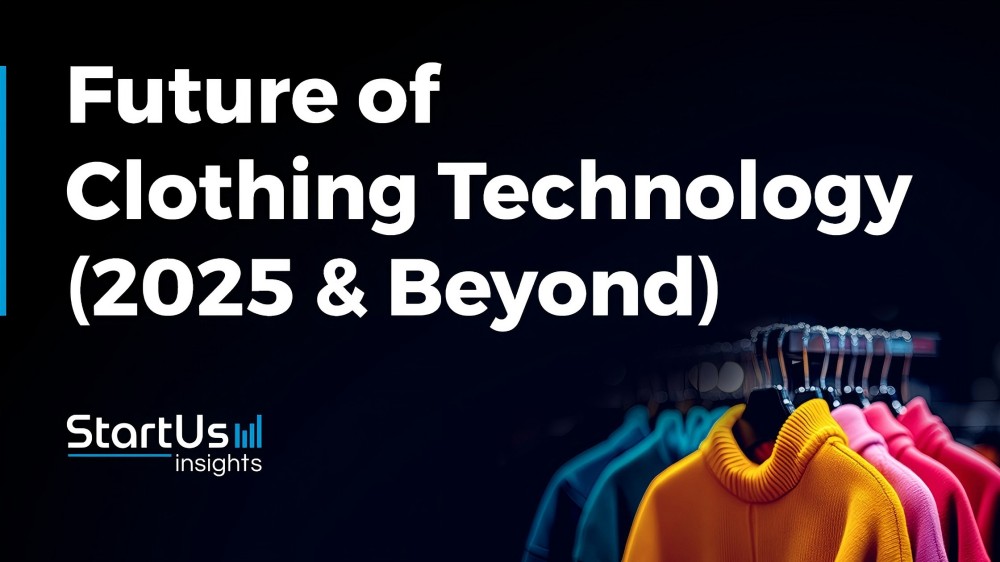
Trend 5: Lightweight materials break through physical limits
Argument:
- New aerogel material reduces the weight of down jackets by 80% and increases warmth by 3 times (NASA technology transfer)
- The strength of single-silk spider silk protein fiber is 15 times that of steel and has entered the mass production stage (Bolt Threads collaboration)
Trend 6: Self-repairing technology ends clothing life anxiety
Argument:
- Microencapsulated polyurethane coating can automatically repair scratches below 5mm at room temperature (ACS Nano paper)
- Self-repairing yoga pants are expected to extend the product life cycle by 2-3 times and reduce carbon emissions by 32% (calculated by the ELLEN Macarthur Foundation)
Trend 7: Integration of virtual fashion and real wardrobe
Argument:
- 62% of Generation Z are willing to pay a premium for AR virtual sneakers (Roblox survey)
- Nike.SWOOSH platform digital collection holders enjoy priority purchase rights for physical products
Trend 8: Antibacterial technology reconstructs hygiene standards
Argument:
- The Tokyo Olympic Games Athletes Village uses copper ion fiber bedding, which reduces bacterial growth by 99%
- In the post-COVID era, the search volume for sports bras with 72-hour antibacterial function has increased by 340% (Google Trends)
Trend 9: Modular design realizes “one piece of clothing, seven wears”
Case:
- The North Face’s “FUTURELIGHT” jacket can switch between jacket and down jacket mode through magnetic components
- Li Ning’s “detachable airbag running shoes” can freely adjust the cushioning level
Trend 10: Visualization of carbon footprint triggers purchase decisions
Innovation:
- The EU will require clothing to be marked with “full life cycle carbon label” in 2025
- Allbirds’ “Carbon Bank” APP allows users to exchange sports mileage for product discounts
FAQS
1. What are the top trends shaping sportswear in 2025?
The top 10 trends include: sustainable materials, smart clothing with EMS tech, 3D-printed custom fits, mood-boosting colors, ultra-lightweight fabrics, self-repairing garments, virtual fashion integration, advanced antibacterial tech, modular designs, and carbon footprint tracking.
2. Why is sustainability now a “must-have” for sportswear brands?
73% of consumers prioritize eco-certified brands (McKinsey 2024), and materials like algae fiber reduce costs by 40%. Brands like Patagonia prove sustainability drives sales.
3. How does smart clothing go beyond fitness tracking?
2025 smartwear intervenes—like muscle-stimulating EMS tech or graphene heating for instant warmth. Under Armour’s sleepwear even adjusts room temperature based on biometrics.
4. Can 3D printing make sportswear truly custom?
Yes. 3D body scans cut costs by 60% and deliver in 72 hours (Boston Consulting). Adidas uses AI to generate 200,000 unique shoe midsoles.
Summary Sportswear in 2025 is not only a carrier for wearing, but also a triple combination of human enhancement equipment, environmental protection declaration and social identity symbol. If brands want to occupy the high ground in the market, they must focus on three core points:
- Technical barriers (such as self-healing patents)
- Emotional resonance (such as color psychology applications)
- Verifiable sustainability (such as carbon tracking blockchain)
This revolution is rewriting the rules of the industry – the winners of the future will be those innovators who use technology to solve real pain points while reducing the burden on the earth.

